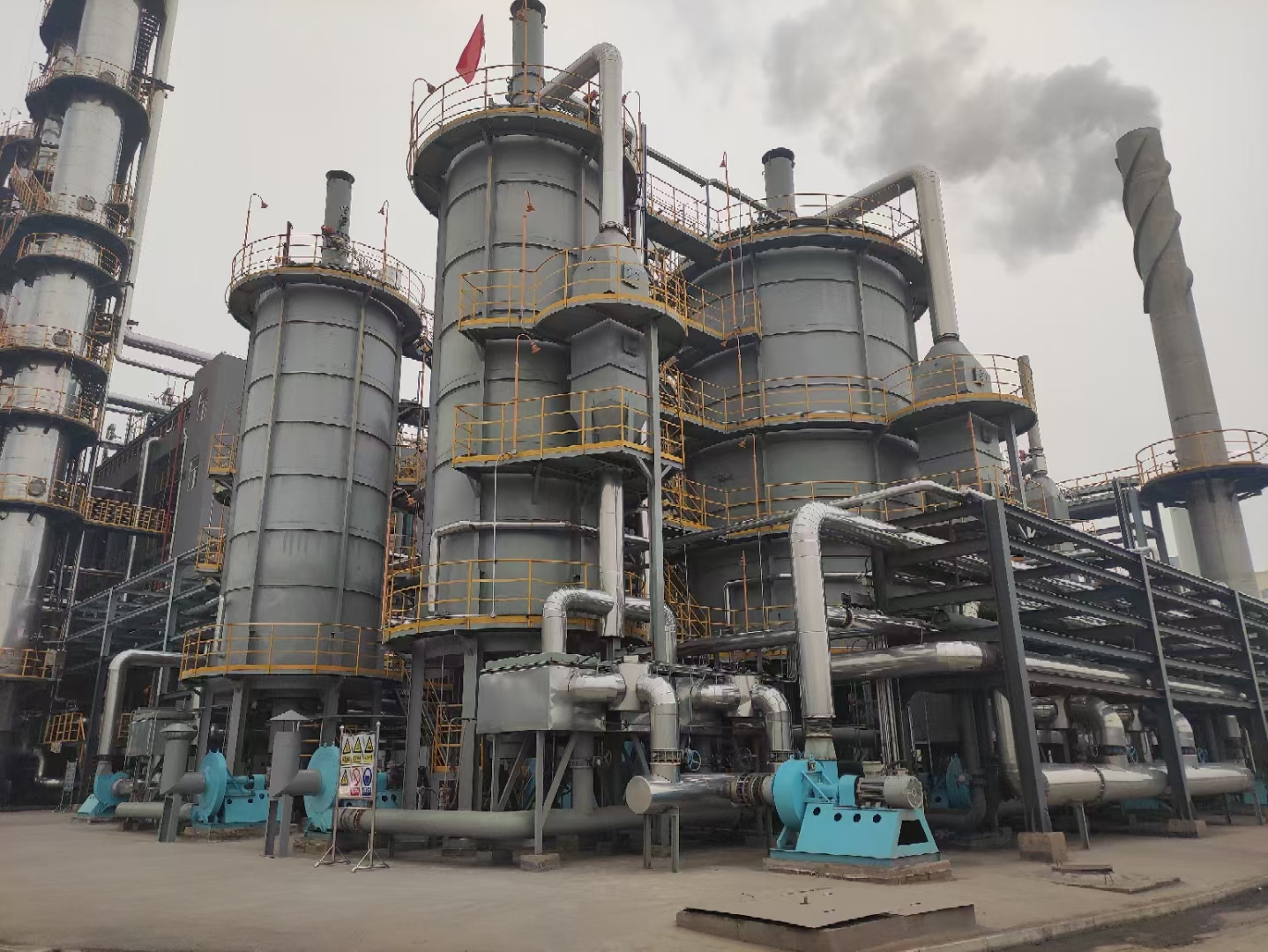Level is one of the important measurement parameters of industrial production process control, mainly the level measurement of solid materials and the liquid level measurement of liquid materials. There are many kinds of solid materials, such as blocks, granules and powders. The dielectric constant, temperature and moisture content of these materials are also different.Therefore, when selecting a level sensor, it is necessary to fully consider the various characteristics of the medium and the measurement environment. Only in this way can we choose the product that best suits us. Here are some basic common sense in the choice of level sensor.
1. Selection of 26G high frequency radar level sensor and guided wave radar level sensor
1)DCRD1000A series sensor is a 26G high frequency radar type level measuring instrument. It is a non-contact measurement and outputs 4...20 mA analog signal. The maximum distance can be measured up to 70 meters. The antenna is further optimized, and the new fast microprocessor allows for higher-rate signal analysis, allowing the instrument to be used for very complex measurement conditions in reactors or in-situ silos. The high-frequency microwave pulse emits a narrow microwave pulse, which is transmitted downward through the antenna, and the microwave is reflected back to the surface of the measured medium, and is again received by the antenna system and transmitted to the electronic circuit portion for automatic conversion into a level signal. (Because the microwave travels very fast, the time it takes for the electromagnetic wave to reach the target and return to the receiver via reflection is instantaneous.)
2)The DCRD1000C guided wave radar is a measuring instrument based on the principle of time and travel and is a contact measurement. The radar wave is operated at the speed of light, and the running time can be converted into a level signal by electronic components. The probe emits high frequency pulses and propagates along the cable probe. When the pulse encounters the surface of the material, it is reflected back and received by the receiver in the meter, and the distance signal is converted into a level signal.
2.Measuring instrument selection for granular materials
Granular materials, such as ore, limestone, raw coal, shale, etc., are stored in the warehouse and have a repose angle (stack angle) of the material, but also have a reflective interface. According to the material repose angle (stack angle) and surface condition formed by feeding and discharging, after determining the effective range, it is recommended to use a non-contact radar level sensor (radar level sensor), that is, level sensor with a horn antenna . If a contact type radar level sensor is used, a large pulling force on the cable will be generated, In severe cases, the cable may be broken, which may affect the normal application of the level sensor. According to the anti-information of the relevant industry users, the horn antenna has a stronger echo level and higher accuracy (±0.2~±1%F.S).
3. Meter selection for measuring powdery materials or plastic particles with low dielectric constants (eg polyethylene)
For powdered materials, it is very difficult to measure the level. The surface of the powder in Curry is very loose, and microwave reflection is quite difficult. For this reason, it is recommended to use a contact radar level sensor, or a large flange non-contact radar level sensor with a horn antenna, which actually combines the cable as both the antenna and the guided wave. The microwave pulse propagates from the probe and travels along the cable. When the pulse encounters the surface of the material, it will be reflected back. The process can reach 35m, and the dielectric constant of the tested material is at least 1.6. In addition, the cable has good wear resistance and maximum tensile force, which can meet the testing requirements of various powder storage banks. At present, many cement plants and power plants have used cable-guided radar level sensor to measure the level of cement storage and fly ash storage, and achieved good results.
4.Two-wire and four-wire options
The radar level sensor currently used are mostly integrated products. They are powered by two-wire system and can be directly connected to the control system module to output 4 to 20 mA analog signals, which can save a lot of cables. The four-wire technology has a higher signal-to-noise ratio than the two-wire technology, so it has a large measurement range and can be used in harsh conditions. Therefore, in the harsh and complicated working conditions where the two-wire instrument cannot meet the requirements, four-wire instruments can be considered.
5.120GHz FMCW radar level sensor.
the 120GHz FMCW ultra-high frequency radar level sensor that is fully compatible with all 26GHz/80 GHz radar operating conditions, and performs better than 26/80 GHz.Mainly for the complex and difficult working conditions of various industries:various reactors, mixing, steam, crystallization, smoke, condensation, strong dust, small tank measurement.

Xi’an Dechuang Electrical Technology Co., Ltd
www.xadckj.com
